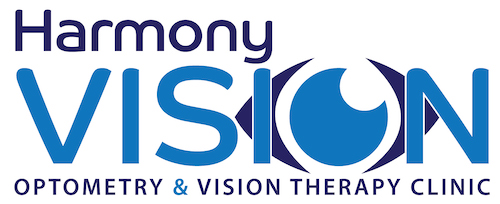 The importance of talking with teachers to identify vision issues
The importance of talking with teachers to identify vision issues
A child’s ability to learn is intimately related to their vision. At school, 80% percent of what your child will learn is obtained visually. Think about it, most of their learning happens in front of a whiteboard, computer or book. How the brain and eyes work together has a tremendous impact on the learning process.
Why is vision so essential to learning?
In school, your child will be using a wide range of visual skills including:
- Distance vision: being able to see the board
- Near vision: being able to look at the words in a book without effort
- Focusing flexibility: being able to maintain clear vision while shifting focus from a distant object to a near one
- Tracking/eye movement skills: being able to aim both eyes accurately and move smoothly across a line of print or from object to object with ease
- Eye-hand coordination: being able to use their eyes to guide the hands
- Eye teaming: being able to coordinate the two eyes together so that they are precisely directed at the same object at the same time
- Eye focusing: maintaining, for long periods of time, completely clear vision while looking at near or distant objects
Common symptoms that get overlooked
Many children suffer hidden vision problems because there is a misunderstanding that good vision is the same as clear sight. But it’s not. Children won’t necessarily know or tell you if something is wrong with their eyesight, so don’t assume everything is normal.
Some of the most common signs that are often overlooked are:
- Headaches or sore eyes
- Slow reading
- Blurred vision
- Rereading a lot or forgetting what you’ve read
- Poor comprehension
- Tired, itchy or watery eyes
- Concentration problems
- Tiredness after computer work or reading
- Poor depth judgment
- Difficulties with 3D vision
- Behavioural changes
While it’s recommended that a child’s eyes be checked at least every two years, if your child is showing these signs they should be tested immediately.
The need for regularly communicating with teachers
Given teachers see your children day after day, during extended periods of work, they are most likely to recognise symptoms before you would. With this in mind, it is vital as a parent to maintain regular communication with your child’s teacher to make sure issues are picked up sooner rather than later.
Don’t feel you need to wait for school parent-teacher nights though, here is a list of questions you can choose from to ask your child’s teacher during brief chats at school drop off or pick-up times.
- How is my child performing at school?
- Do you find he/she loses concentration or gets easily distracted?
- Is he/she picking up the information as fast as he/she should? Or is he/she falling behind?
- How is his/her comprehension?
- Does he/she rub his/her eyes a lot through class?
- Does he/she skip words, squint or close one eye when he/she is reading?
- Does he/she play up at school when there is work to be done?
- Does he/she try to avoid doing work?
- Does he/she complain of headaches, aches around their eyes, dizziness or nausea?
- Does he/she complain of itching or burning sensations in their eyes or excessive tearing?
- Does he/she look overly tired, or get red or irritated eyes?
Often just by initiating these types of questions, you might spark a teacher to realise they have been seeing these signs or symptoms but not recognised it could be something more.
Concerned in any way? Arrange a time to come in so we can help you rule our or identify vision problems that might be affecting your child’s learning. Call 07 5520 5900


 Introducing Alice Forsyth
Introducing Alice Forsyth